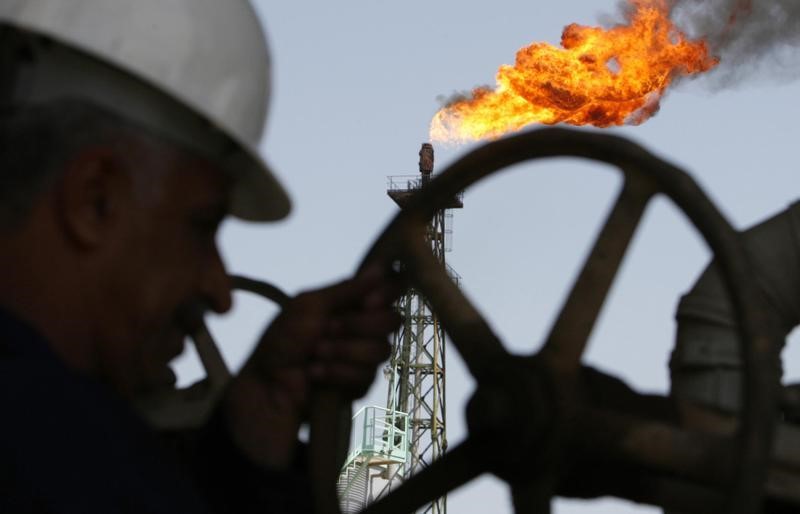By Peter Nurse
Investing.com -- Oil prices rose Wednesday, climbing to their highest levels in over a month after the International Energy Agency forecast rebounding Chinese demand would result in a sharp swing in the global supply-demand balance this year.
By 09:00 ET (14:00 GMT), U.S. crude futures traded 1.5% higher at $81.61 a barrel, while the Brent contract rose 1.2% to $86.94 a barrel. Both contracts climbed to their highest levels since early December.
"The preeminent driver of 2023 GDP and oil demand growth will be the timing and pace of China’s post-lockdown recovery," the IEA said, in its monthly report, released earlier Wednesday.
The Paris-based agency projected a surplus of around one million barrels a day in the first quarter of the year, swinging to a deficit of 1.6 million b/d in the third quarter that widens to 2.4 million b/d by the end of the year, despite record-high global oil supply.
The crude market had a rocky start to 2023, sinking in the opening week on concerns over a global slowdown, but rising optimism about the Chinese economy after Beijing dismantled its restrictive zero-COVID policy has prompted buying.
China's gross domestic product expanded 3% in 2022, its second-weakest growth since 1976, data showed earlier this week, but this was still above analysts' forecasts.
Additionally, influential investment bank Goldman Sachs upgraded its forecast for China’s gross domestic product growth this year, now projecting the economy will expand 5.5% this year, up from 5.2% previously, in a note released late Tuesday.
The latest output data from China showed that oil refiners processed around 14.17 million barrels a day of crude oil in December, slightly down from the 14.69 million barrels processed in November, but up 2% year-on-year.
"Activity should recover this year, given the expected recovery in oil demand following China’s reopening, along with the government releasing larger volumes of refined product export quotas more recently,” said analysts at ING, in a note.
Sentiment has also been boosted by the growing belief that the U.S. Federal Reserve will slow the pace of its interest rate hikes when it next meets in early February as inflation appears to have peaked.
Data released Wednesday showed that U.S. producer prices fell more than expected in December, dropping 0.5% on the month, while retail sales in the world's largest economy fell by 1.1% from the previous month, adding on to a downwardly revised drop of 1.0% registered in November.
The American Petroleum Institute’s weekly data on U.S. crude inventories are due later in the session, delayed by a day due to Monday’s public holiday.
